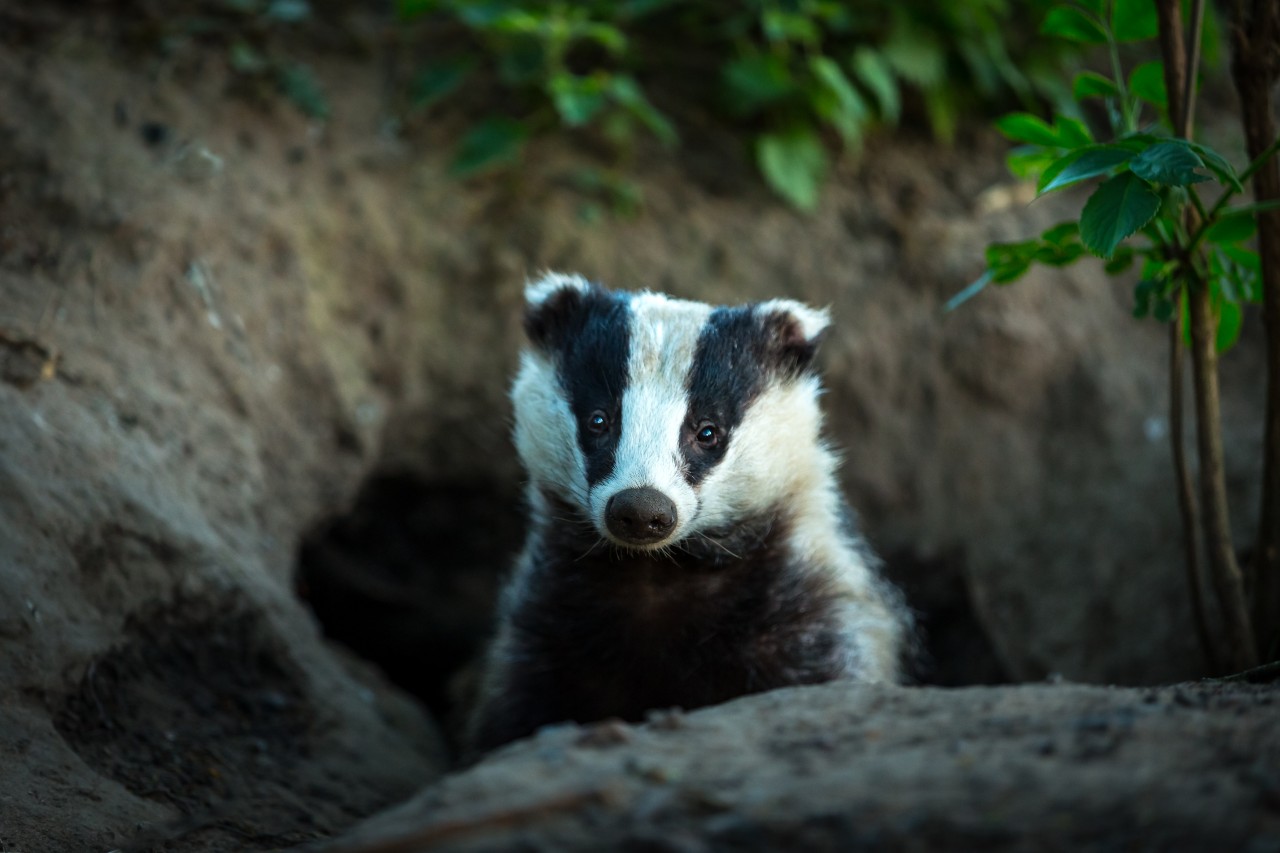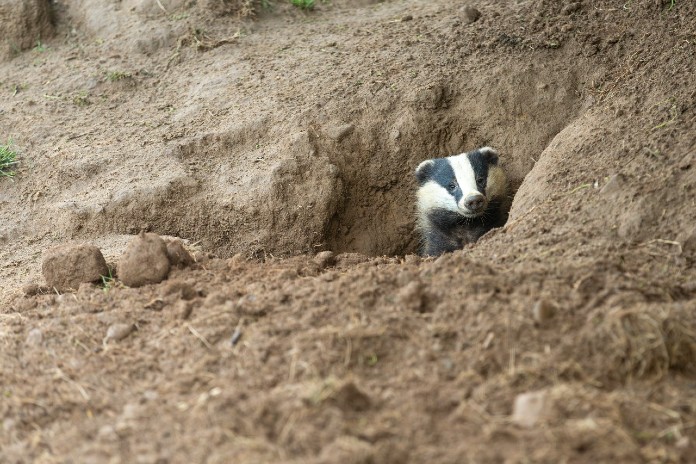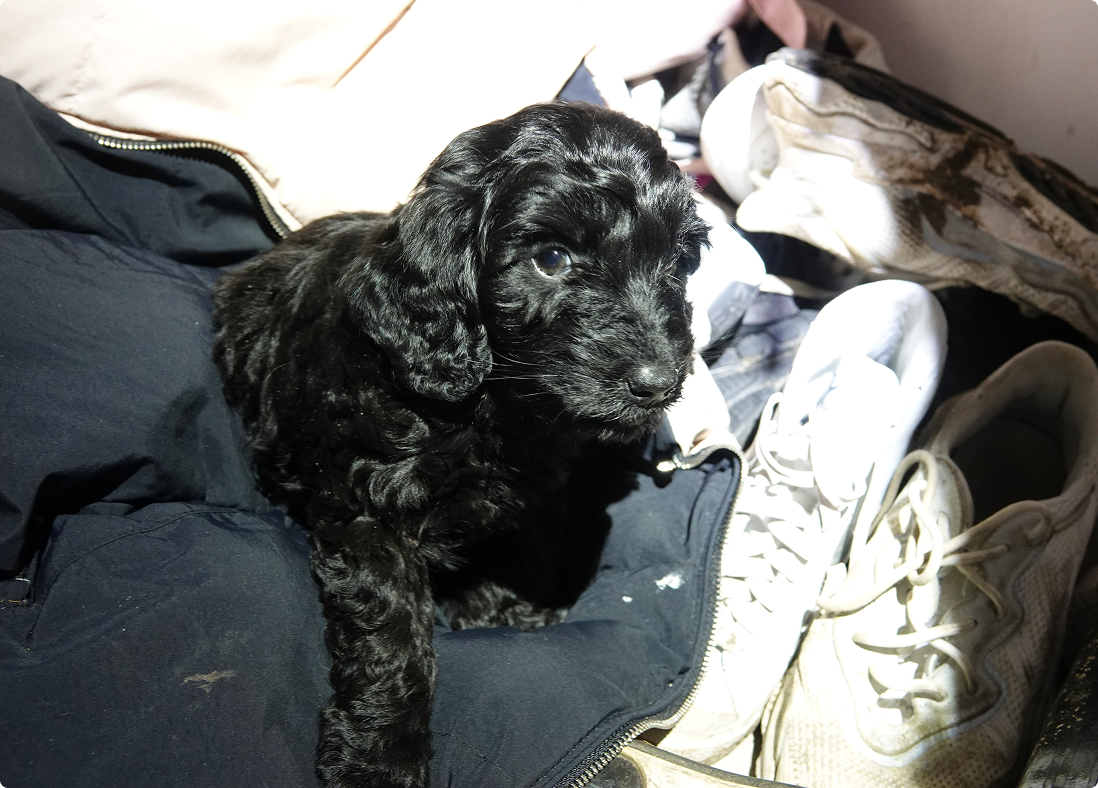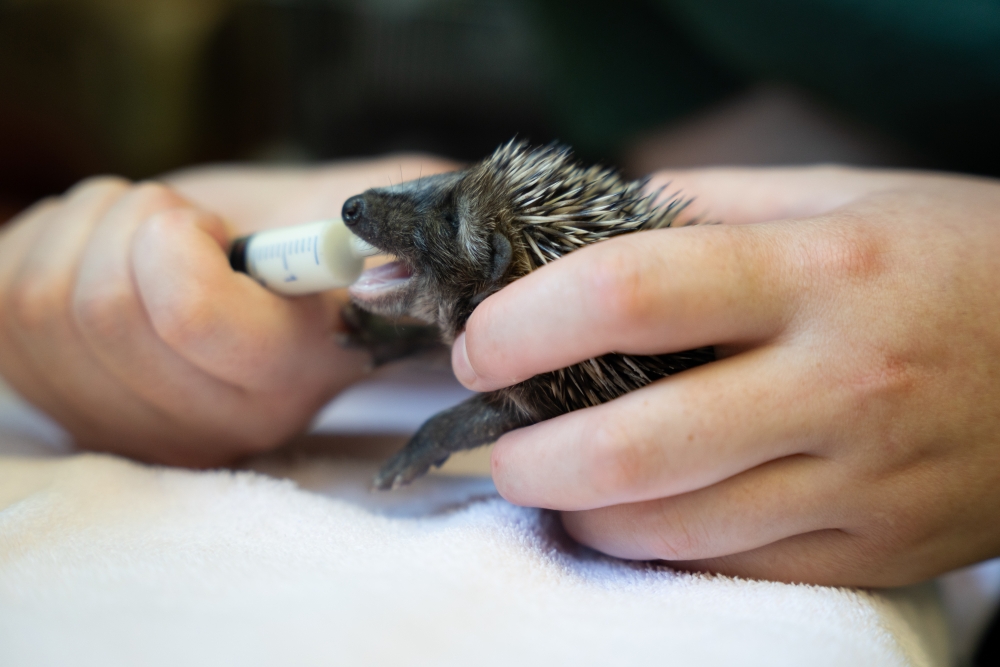
Badger Sett
How to best figure out if a nearby burrow is a badger sett.
Badgers are the iconic animals of the British woodland and like us, work hard to upkeep their homes. Badger setts can be mistaken for fox and rabbit burrows but there are a few key differences to look out for when identifying them, helping to make sure that our law-protected friends are undisturbed.
Where do badgers live?
These black and white mammals often make their home in woodlands with sloping grounds or near grassy fields or parks, however, they can also live in hedgerows or areas of improved pasture.
They live in a system of interconnected tunnels called a ‘sett’. These setts can extend over 50 metres long and can be well-established, having been excavated and inhabited by several generations of badgers – some have even been occupied for centuries.
Whilst they forage individually, badgers live as part of a clan. Each clan has a main sett which is quite large and usually used for breeding. Most also have one or more secondary setts which can be useful if their main set is disturbed or there’s been a breakdown in the social structure of the clan.
Interestingly, badgers can share their setts with foxes and rabbits, cohabiting (usually) peacefully.

What does a badger sett look like?
Whilst badger setts can appear similar to burrows created by foxes and rabbits, they do have distinguishable features that you can look for.
The shape of the entrance and tunnels
The entrance of a badger sett is oval to accommodate the shape of their bodies, with the entrance tunnel being wider rather than tall. This is different to fox and rabbit dug tunnels which are the opposite (taller rather than wider).
Badger sett tunnels are usually around 30cm in diameter whereas rabbit tunnels are narrower (around 15cm).
Soil heaps
Badger setts will have soil heaps at their entrance, and these are larger than those made by foxes and rabbits. They also usually have a blend of soil, rocks and stones in them, which are not found in heaps made by other animals.
The rocks could have claw marks in them from the badgers and you may also find clay balls in these heaps, made as they try to remove clay from the tunnels with their paws.
A sign that a sett is in current use is if the soil around the entrance is freshly excavated.
Badger hairs
You may also find badger hairs around a suspected sett or in the soil heaps. These hairs are around 7-10cm in length and are coarse and wiry. They are white with a black band towards the tip.
Bedding materials
If you look closer within the soil heaps, you may see bedding material which is another indication that the burrow is in fact a badger sett. Badger bedding materials consist of dry grass, bracken, dead leaves and straw.
Finding this is not always a sign of current use, however, it can be if there are bundles of fresh materials outside the entrance as when badgers collect bedding, they collect several bundles and leave at least one outside the sett, oftentimes to dry out.
Footprints and pads
A worn path that is used regularly by a badger is called a ‘pad’. As creatures of habit, they usually use the same paths between setts and foraging grounds, so these become worn down. There aren’t many identifying features to these paths however, so it’s difficult to tell whether a path has been made by badgers or other animals.
A badger’s footprint is distinctive, with five toes arranged in a line – unlike dogs, cats and foxes. If the soil heaps or ground around the sett entrance is soft, you will find footprints if the sett is being used.
Scratching posts
If you find scratch marks on a dead tree near some of the other markers outlined above, it can be a sign of a badger sett.
To scratch a tree, they jump up on their hind legs against the tree and scratch down. They do this to stretch their tendons and to mark territory as they have scent glands between their toes.
Badger dung pits
Badgers use open pits to do their business in, leaving their poo uncovered. When a number of these pits can be seen together it’s called a ‘latrine’. Their droppings are similar to a dogs in size and shape but can vary in appearance due to the time of year and what they’ve been eating. You will find these pits or latrines close to their sett or on the outer edges of their territory to act as boundary posts.
How to get rid of badger sett in garden?
The short answer is – you don’t. Badgers and their setts are protected under the Protection of Badger Act 1992. It’s an offense to disturb, damage or destroy a sett, or to take, injure or kill a badger. It’s your duty to report any disturbances to a sett.
Badgers prefer to have their setts in solitary woodland, however, expanding urban areas can often disturb setts and force these animals into your garden. You can seek advice from your local badger expert or from the people at Badger Trust. They can inspect the suspected sett to see if there are signs of current use.
If you have a badger sett in your garden, or just some hungry visitors, you may have to learn to co-exist with them. However, if they’re tampering with your garden you can discourage them by removing or stopping access to whatever is attracting them – such as putting a fence around your fruit and veg garden.
We need your help
We hope this advice helps you spot our striped friends’ homes, ensuring they’re undisturbed and safe from man-made dangers.
Please consider giving a one-off donation today to help us with our wildlife rescue cases.

Puppies across Scotland need your help
Please consider giving a monthly donation today. Give Scotland’s animals the gift of safety this winter and beyond. The criminals involved in the low-welfare puppy trade never stop. And with your help, neither will we. Every £1 matters to puppies like Winnie.


